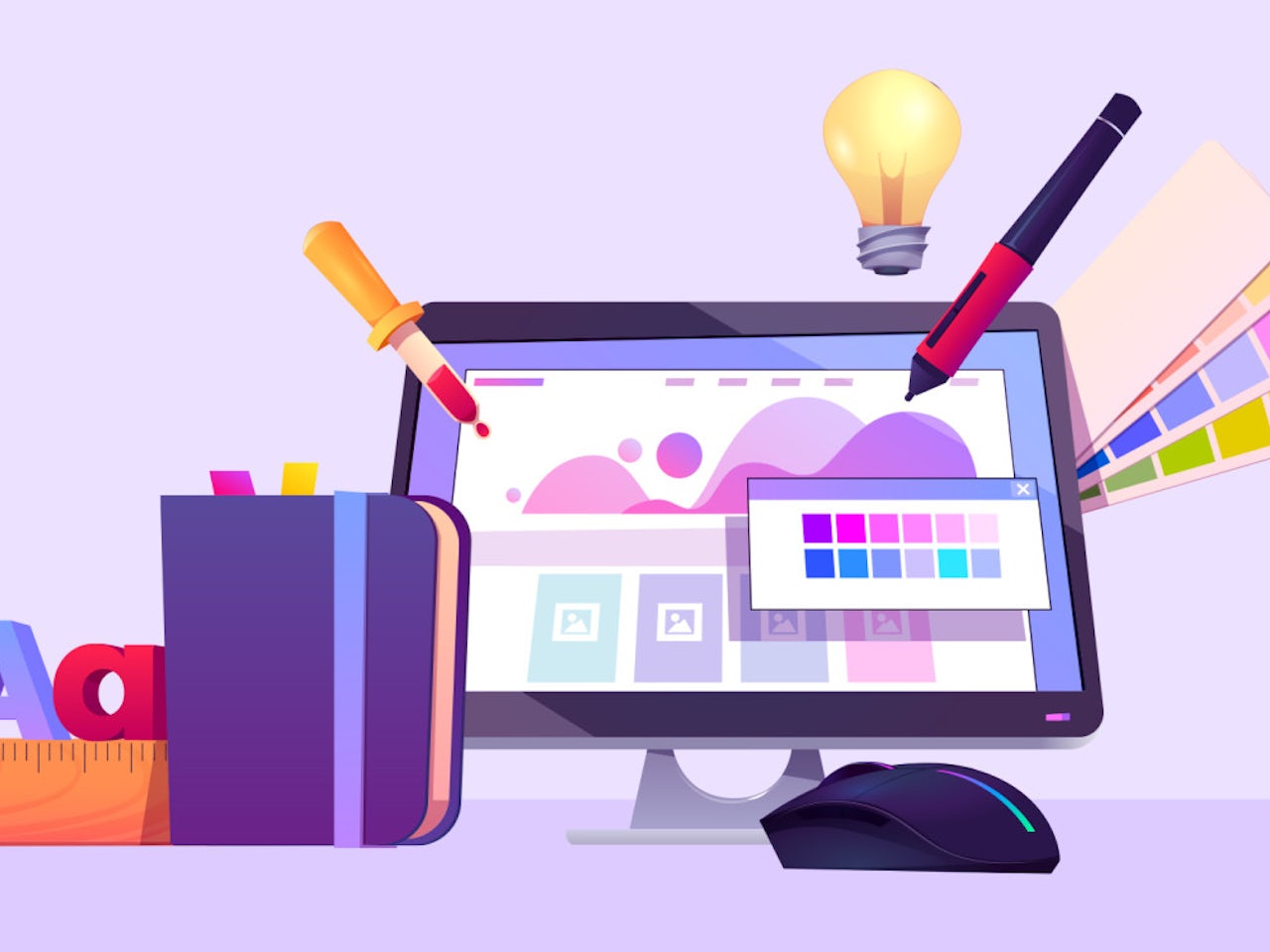Maximize Customer Experience With Ingenious Web Site Design Solutions
In today's electronic landscape, maximizing user experience through innovative site design solutions is essential for organizations looking for to engage their audience effectively. The integration of interactive elements can better boost the user journey, prompting a reevaluation of traditional design strategies.
Comprehending User-Centric Design

To execute user-centric layout efficiently, it is vital to carry out extensive research study, including individual meetings, surveys, and functionality testing. These research study methods provide useful information that notifies design decisions, making sure that the end product straightens with customer assumptions. In addition, developing user identities can assist developers empathize and imagine with the end-users, assisting the design process toward much more relevant solutions.
Furthermore, iterative style is a key component of user-centric approaches. By continuously testing and refining layouts based on customer feedback, developers can recognize pain factors and areas of improvement, leading to a much more refined last item. Ultimately, user-centric layout is not just a phase in the development process yet a constant commitment to prioritizing customer needs, causing more reliable and engaging electronic experiences.
Importance of Responsive Layouts
As electronic communications increasingly happen across a variety of devices, the value of responsive designs can not be overemphasized. A responsive design makes sure that a site adapts effortlessly to various display sizes, from desktop monitors to smartphones. This flexibility is important in today's multi-device landscape, where users anticipate a consistent and interesting experience despite how they access material.
The main benefit of receptive style is boosted individual satisfaction. When an internet site is optimized for all gadgets, it lessens the requirement for zooming, scrolling, or horizontal navigation, which can discourage individuals and lead to greater bounce prices. Additionally, search engines like Google prioritize mobile-friendly sites in their ranking algorithms, making responsive designs crucial for efficient search engine optimization techniques.
Additionally, receptive designs promote easier upkeep and updates. As opposed to handling separate versions of a web site for various gadgets, a single, fluid style can be modified, saving time and sources. This alternative technique not just enhances effectiveness however additionally cultivates brand name comprehensibility throughout systems. Eventually, buying responsive formats is not just a fad; it is a fundamental concept of modern website design that significantly improves individual experience and engagement.
Enhancing Navigation and Accessibility
Efficient navigation and access are pivotal components of a well-designed site, substantially affecting user involvement and contentment. An user-friendly navigation structure permits visitors to discover info quickly and intuitively, lowering disappointment and boosting the possibility of repeat gos to. Applying clear, detailed tags for navigation links, together with a rational pecking order, can guide customers flawlessly through the web site.
Ease of access is equally crucial, making sure that all individuals, despite their impairments or capabilities, can engage with the website properly. This can be attained through the usage of ideal color contrasts, text dimensions, and alt text for photos, which with each other boost the experience for visually impaired users. Including key-board navigation and screen viewers compatibility increases access for individuals with diverse demands.
Regular usability testing can supply beneficial understandings into navigating efficiency and ease of access issues. By gathering comments from genuine individuals, designers can determine discomfort points and make informed changes. Ultimately, focusing on navigation and ease of access not just fosters inclusivity however additionally go to this site grows a favorable user experience, strengthening the brand name's commitment to high quality and individual treatment in a significantly electronic landscape.
Using Aesthetic Power Structure Properly
Aesthetic pecking order functions as an assisting structure in site design, guiding individuals' interest to the most important elements on a web page. By tactically arranging visual elements such as shade, spacing, and typography, designers can create a clear path for individuals to comply with. This structure not only boosts customer experience yet additionally improves content understanding.
One reliable method to establish visual hierarchy is through using size and scale. Larger components normally bring in even more interest, making headings and vital visuals popular. Matching this strategy with contrasting colors can better set apart key content from second details, ensuring that essential details sticks out.
Additionally, the plan of components plays a critical function in directing customer interaction. Using a grid layout can produce a natural flow, while whitespace aids to different material and decrease cognitive lots - Website Design. This deliberate spacing permits customers to refine information extra quickly, bring about enhanced interaction
Lastly, making my site use of consistent style patterns helps reinforce visual power structure, supplying customers with familiar hints as they navigate the website. By prioritizing these concepts, designers can successfully make the most of individual experience, making sure that site visitors can effortlessly find the info they seek.
Incorporating Interactive Elements
The unification of interactive aspects right into site style can dramatically enhance user engagement and total experience. Interactive attributes such as surveys, sliders, and quizzes not just mesmerize individuals yet likewise advertise active involvement, making the surfing experience a lot more memorable. By encouraging users to interact, web sites can successfully preserve focus and minimize bounce rates.
Furthermore, incorporating dynamic web content like animations and float impacts adds an appealing layer of interactivity. These components can direct customers intuitively with the website, highlighting vital information and calls to action. As an example, animated buttons can draw focus and improve click-through prices.
Moreover, customization via interactive tools such as chatbots or referral engines allows internet sites to accommodate individual Click This Link preferences, promoting a feeling of link. This customized approach not only enhances individual complete satisfaction but also motivates repeat sees.
Including analytics tools to track communications provides important insights into individual actions, making it possible for continuous renovation of the interactive components. Eventually, a properly designed interactive experience changes a passive surfing session right into an appealing trip, resulting in raised user complete satisfaction and loyalty. Therefore, incorporating interactive aspects is important for optimizing individual experience in modern site layout.
Verdict

In today's electronic landscape, optimizing customer experience with cutting-edge web site layout options is vital for services seeking to engage their target market successfully. Ultimately, prioritizing navigation and ease of access not just promotes inclusivity but likewise grows a positive individual experience, reinforcing the brand name's commitment to high quality and user treatment in a progressively electronic landscape.

In verdict, making the most of customer experience through ingenious internet site layout services requires a dedication to user-centric principles. Website Design.
Comments on “Expert Website Design: The Key to Structure Reliability Online”